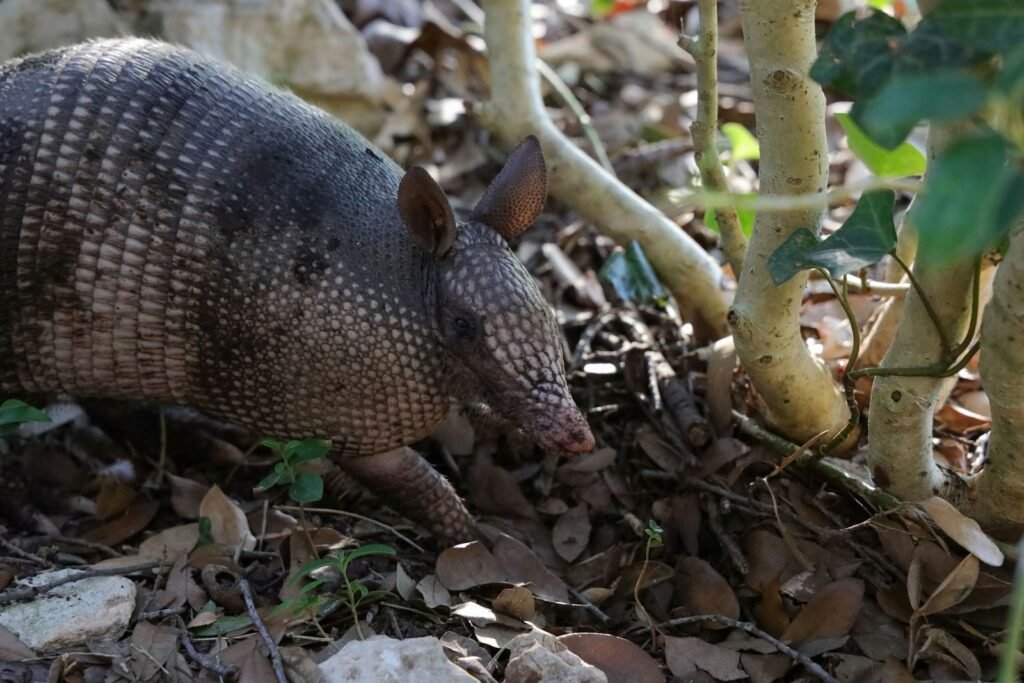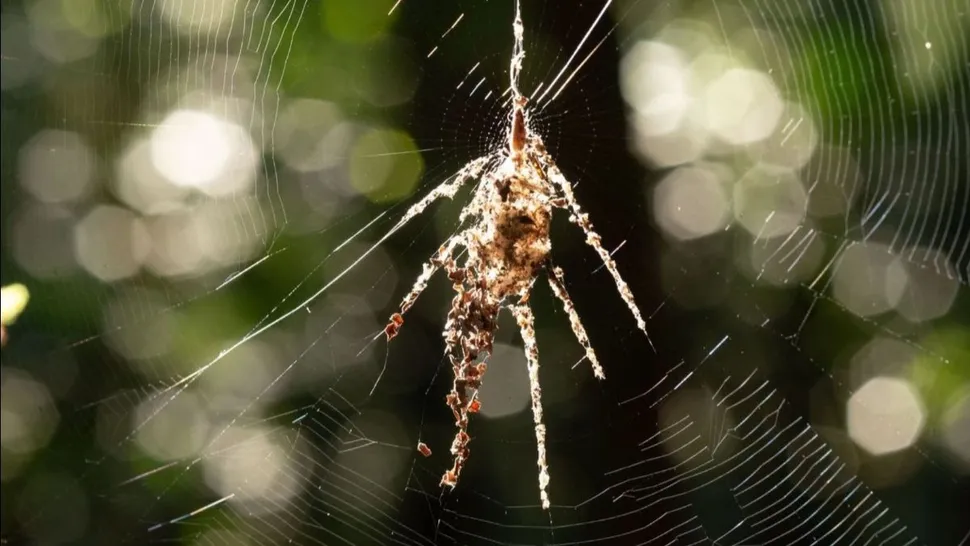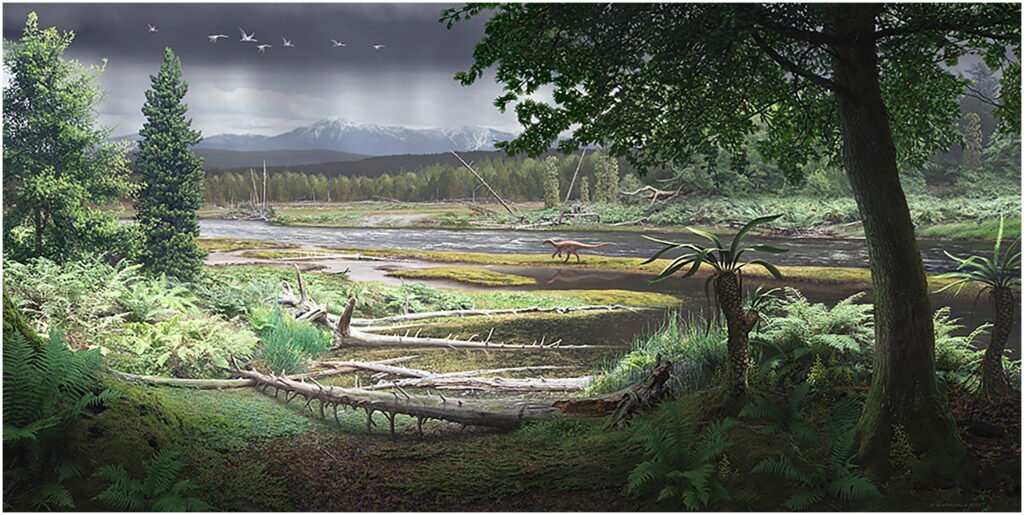The rustle you hear in the midnight grass is not your imagination – it’s a small armor-clad excavator testing a new frontier. Across the southern United States, nine-banded armadillos are inching into territories where winter once kept them out. Scientists are watching the line creep northward as milder cold snaps, greener suburbs, and abundant insects pave a surprisingly welcoming road. The story is equal parts detective work and climate signal, and it’s unfolding in backyards, roadside verges, and creek banks you might know well. I still remember my first late-night encounter near Austin – a quick, tinny shuffle in the leaf litter – and how ordinary it felt until I realized the ground itself was telling a bigger story.
The Hidden Clues

Listen after midnight: the ground seems to breathe, and the lawn puffs where an armadillo has rooted for grubs. The earliest evidence isn’t flashy – neat cone-shaped holes in turf, soil piled like tiny volcanoes at burrow mouths, and crescent tracks that look like someone printed commas in the mud. Roadkill tallies, though grim, are another blunt marker of presence, especially along warm south-facing embankments and near bridges where insects cluster. Backyard camera traps capture ghostly, armored silhouettes that weren’t there a decade ago. Each clue on its own is modest; together, they sketch a frontier moving by inches.
Community observations often reach biologists first, leading to targeted surveys that confirm new edges of occupancy. The pattern many teams see is a leap to a suburban node, winter survival in a mild year, and then a slow spread along creeks and greenways. That’s not a stampede so much as a steady, opportunistic advance encouraged by habitat we unintentionally built.
A Species on the Move

The traveler in question is the nine-banded armadillo, a heat-loving mammal with a surprisingly low body temperature and little insulation, which is why winters once kept it corralled. Unlike many mammals, females always give birth to four genetically identical young (quadruplets from a single egg), a quirk that helps populations take hold when conditions are good. They eat what spades of soil reveal – insects, grubs, beetles, and the occasional fallen fruit – and those snacks are plentiful in irrigated lawns, gardens, and mulched flowerbeds. River corridors, railroad rights-of-way, and green strips along highways serve as covered paths north. The road isn’t straight, but it is continuous enough to invite exploration.
Urban heat islands play a quiet supporting role by lifting nighttime temperatures just enough to make winter survivable. Burrows add another layer of protection, buffering cold and letting armadillos wait out short freezes. With each mild winter, survival odds improve, and a few more pioneers become residents.
From Ancient Tools to Modern Science

Early naturalists tracked animals with maps, museum specimens, and field notes written in pencil and rain. Today, scientists layer those traditions with models that combine temperature thresholds, soil types, snow cover, and land use to predict where armadillos could persist. Camera traps and roadside surveys provide ground truth, while community science reports help fill gaps between study sites. Stable isotope tests from hair and claws can even hint at where an animal has been feeding, tying behavior to landscape change. The old tools and the new ones fit together like shell plates, each piece strengthening the picture.
On one of my first reporting trips, a biologist showed me a beat-up field notebook thick with sketches of tracks and burrow measurements. Next to it sat a laptop running a habitat model in vivid color. That pairing – mud-splattered data and high-resolution forecasts – captures how this story is being told now.
What the Science Says

At the core is climate: warmer winters and fewer prolonged freezes remove the biological brakes that once stopped armadillos in their tracks. It’s not heat they fear but cold duration – long stretches of hard freeze that chill their low-metabolism bodies and lock away their food beneath frozen ground. Snowpack matters too, because crusted snow can make foraging impossible and expose them to lethal temperatures. Even so, extreme events can still snap back the line, as sudden Arctic blasts cause local die-offs that take a season or two to recover. Scientists call this push-and-pause dynamic a climate gate – open most winters, slammed shut in rare, brutal cold.
Moist soil and soft leaf litter further tip the odds, especially in places where irrigation keeps turf and gardens green. Add a steady insect buffet, and you have a narrow but real window for survival. That window is opening more often and in more places than it did a generation ago.
Why It Matters

Range maps used to feel static, like a printed atlas – comforting, fixed, authoritative. But as species edges peel northward, they become living thermometers of a warming world, translating degrees into neighborhood sightings. That’s the wider significance here: armadillos are a case study in how climate shifts ripple through everyday places. They aerate soil and gobble lawn pests, but they can also raid ground nests of birds and turtles, complicating local conservation. They are one more piece in the moving mosaic of wildlife adjusting to temperatures we once assumed were stable.
Comparing armadillos to past range shifters – opossums, certain dragonflies, some ticks – helps sharpen the signal. Habitat matters, but cold thresholds matter more, and both are changing. Watching this species teaches us how to read those changes before harder-to-spot shifts catch us off guard.
Winners, Losers, and Unintended Consequences

Insects that chew roots and turf may find themselves on the menu more often, which homeowners sometimes celebrate as free pest control. Garden beds, however, can suffer night raids that leave tidy plants sitting in cratered soil, and burrows can undermine patios and crawl spaces. Ground-nesting birds and herps occasionally lose eggs to curious snouts, a small risk that becomes larger where predator communities are already out of balance. Roadways claim many armadillos, and their presence raises new safety concerns for motorists on unlit stretches. Every gain has a cost; this is not a simple good-news or bad-news tale.
Farmers and land managers are adapting with fencing around sensitive spots and by timing field work to avoid fresh burrows. Archaeologists even monitor sites for digging damage, a reminder that history and biology intersect in the ground beneath our feet. Living with newcomers, even small armored ones, requires a mix of patience, ingenuity, and honest assessment.
Global Perspectives

While this is a Texas-born story, it echoes patterns seen worldwide as climate nudges species to redraw their maps. Hedgehogs shifting ranges in Europe, subtropical fish moving up Atlantic coasts, and mountain mammals climbing higher all sketch the same arc. Armadillos stand out because they are visible, memorable, and tied to human spaces in ways that make change hard to ignore. They turn abstract forecasts into pawprints on the sidewalk and holes in the mulch. That immediacy helps the broader public grasp what biologists have been tracking for years.
We also learn where generalities break down. Not every species can leapfrog across cities or find grubs under porch lights. The armadillo’s success is a lesson in adaptability – and a caution that each species rewrites the climate story in its own grammar.
The Future Landscape

Looking ahead, projections suggest the armadillo’s frontier will keep inching into the lower Midwest and mid-Atlantic, especially along river valleys and urban corridors that soften winter’s edge. Persistent snow cover and multi-day hard freezes remain the natural stop signs, so latitude alone doesn’t decide the outcome – microclimate does. As city heat islands grow and winters trend milder, stepping-stone habitats will matter more than clean lines on a map. Expect patchy occupancy first, then slow knitting together as mild years stack up. Occasional deep freezes will still prune the edge, but the long-term signal points toward expansion.
Researchers are sharpening forecasts with finer climate grids, high-resolution land-cover maps, and machine-assisted image sorting from camera traps. The better we can see these edges in real time, the better we can prepare communities to coexist, protect sensitive species, and build safer roads and yards.
What You Can Do

Start with simple steps: drive a bit slower on rural roads after dark, secure crawl spaces with hardware cloth, and use raised beds or edging to protect gardens. Skip poisons that ripple through food webs; favor native plantings that support insects in balance and make yards less attractive for nightly excavation. Never pick up or handle an armadillo, and keep pets from harassing wildlife; respectful distance protects everyone. If you see an armadillo in a new area, share a clear photo and location with your state wildlife agency or a reputable community science platform. Those data points help scientists verify the moving line and plan sensible responses.
Curiosity is the secret tool here – notice, record, and adapt. This small traveler is telling a big story about a warming world, one backyard at a time. What will your patch of ground say next?

Suhail Ahmed is a passionate digital professional and nature enthusiast with over 8 years of experience in content strategy, SEO, web development, and digital operations. Alongside his freelance journey, Suhail actively contributes to nature and wildlife platforms like Discover Wildlife, where he channels his curiosity for the planet into engaging, educational storytelling.
With a strong background in managing digital ecosystems — from ecommerce stores and WordPress websites to social media and automation — Suhail merges technical precision with creative insight. His content reflects a rare balance: SEO-friendly yet deeply human, data-informed yet emotionally resonant.
Driven by a love for discovery and storytelling, Suhail believes in using digital platforms to amplify causes that matter — especially those protecting Earth’s biodiversity and inspiring sustainable living. Whether he’s managing online projects or crafting wildlife content, his goal remains the same: to inform, inspire, and leave a positive digital footprint.




